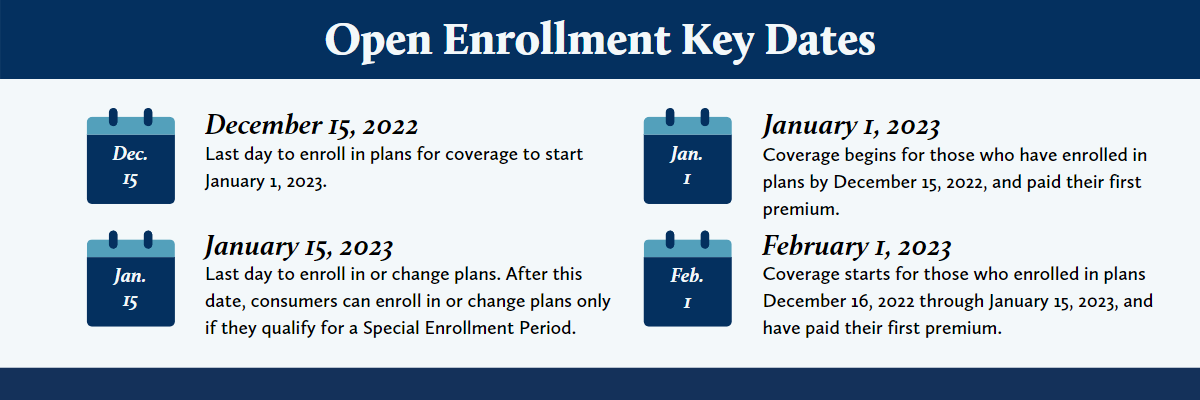Exchange Open Enrollment Begins for 2023 Benefit Year
Wisconsin ranks second in nation for competitive insurance market
On Oct. 28, the Wisconsin Office of Commissioner of Insurance (OCI) announced that Wisconsin has 13 insurers participating in the exchange marketplace for 2023, making the state second in the nation for having the most competitive individual market.
OCI’s news release came just before the start of the annual open enrollment period for healthcare.gov, which began on Nov. 1, marking the tenth open enrollment period for coverage in the exchange marketplace. As Wisconsinites begin reviewing their coverage options in the individual market, OCI says that in 70 of Wisconsin’s 72 counties, there will be a choice of at least three insurance companies. OCI publishes an interactive map of health insurers available by county.
While some consumers have always qualified for advanced tax credits to purchase coverage through the exchange, two years ago Congress enacted more generous subsidies for a broader group of consumers buying exchange coverage. In August of this year, as part of the Inflation Reduction Act, Congress enacted a three-year extension through 2025 on those enhanced subsidies.
This means that for 2023, people with income below 150% of the federal poverty level ($20,395 for a single person) can receive health care coverage through the exchange marketplace for no premium. People with income above that amount also can qualify for tax credits.
According to data published from the federal Department of Health and Human Services, in 2022 Wisconsin had nearly 209,000 people sign up for coverage in the exchange, and about 24% of those consumers had a monthly premium of $10 or less after applying the tax credit.
Wisconsin’s uninsured rate in 2021 was 5.4%, down slightly from 5.7% in 2019, according to the most recent Census Bureau data. This translates into about 300,000 people in Wisconsin without insurance coverage.
Individuals and families will have until Jan. 15 to sign up for coverage but must enroll by Dec. 15 for coverage to start Jan. 1. The key dates to know are:
- December 15, 2022: Last day to enroll in plans for coverage to start January 1, 2023.
- January 1, 2023: Coverage begins for those who have enrolled in plans by Dec. 15, 2022 and paid their first premium.
- January 15, 2023: Last day to enroll in or change plans. After this date, consumers can enroll in or change plans only if they qualify for a Special Enrollment Period.
- February 1, 2023: Coverage starts for those who enrolled in plans Dec. 16, 2022 through Jan. 15, 2023 and have paid their first premium.
